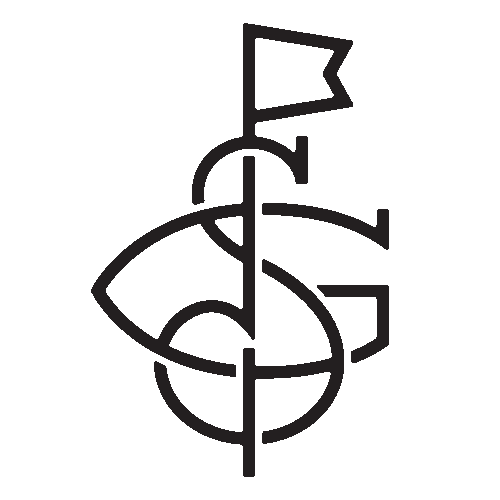This is the third installment of the Behind the Tartan series, written by Graylyn Loomis. To read more from Graylyn, have a look at his course reviews website.
When discussing the most dominant players in the history of golf, the same names typically come to the surface. Palmer, Nicklaus, Woods, Hogan, Snead, etc., but a forgotten group of Open Champions are often left off the list.
James Braid is one such character. Braid’s start in the world of golf began similarly to the first two golfers in the Behind the Tartan series. He worked as a clubmaker near Golf House Club Elie, in Earlsferry, Scotland. Braid picked up the game early in life, and won his first local tournament on the links at Elie at the age of 8. In 1896 he became a professional golfer and his career took off quickly.
The Scottish Clan MacDuff ties particularly well to Braid’s home and lineage. The early chiefs of the clan were the original Earls of Fife, a region of Scotland home to much of the world’s best golf, including Golf house Club Elie. Clan MacDuff was the first clan to be recognized by Scottish Parliament - an event that dates back to 1384. While the MacDuffs were the chiefs of Fife, Braid was the chief of the links within Fife.
While the earlier generation of “professional golfers” made their money through side-bets in makeshift tournaments, Braid’s generation experienced what could be described as the first semblance of the European Tour. Tournaments were beginning to be better organized with a consistent group of competing professionals and a steady occurrence of tournaments. He won “events” in the United Kingdom and mainland Europe, and eventually became a founding member of the British PGA.
After initial struggling with his putting, Braid switched from a wooden headed putter to an aluminum headed putter in 1900, and the wins began rolling in. He had nineteen top-10 finishes in the Open Championship, including five victories. His wins came in pairs at Muirfield and St Andrews with the fifth arriving at Prestwick. Some wonder whether Braid would have gone on to win more Open Championships. His last top 10 finish came in 1914, the year before World War I would cancel the tournament for the next five years.
In 1912 Braid decided to play less tournament golf and take a position as the head professional at Walton Heath Golf Club, just south of London. It was during this period of his life that he established a career as a golf course architect. Braid designed the King’s and Queen’s courses at Gleneagles, Royal Aberdeen, and over two hundred others. He directly influenced designs at Carnoustie Golf Links, Royal Troon, Ballybunion, and many others. His natural style of design, with the absence of modern earthmoving equipment, foreshadowed the “minimalist” golf architecture resurgence seen today from the likes of Doak, Coore & Crenshaw, and others.
“James Braid was the shining example of the difference between the golfer and the hitter of golf balls,” writes the president of the James Braid Society. His words ring especially true when looking at the golfers of today. Sponsors and partnerships didn’t inspire braid’s commitment to the game. Like the chiefs of the MacDuff clan before him who fought wars to protect their land, Braid fought to drive professional golf into the modern era, leaving course design gems in his wake.
Photo credit to Masterworks Golf, Prestwick GC, and The Open.




